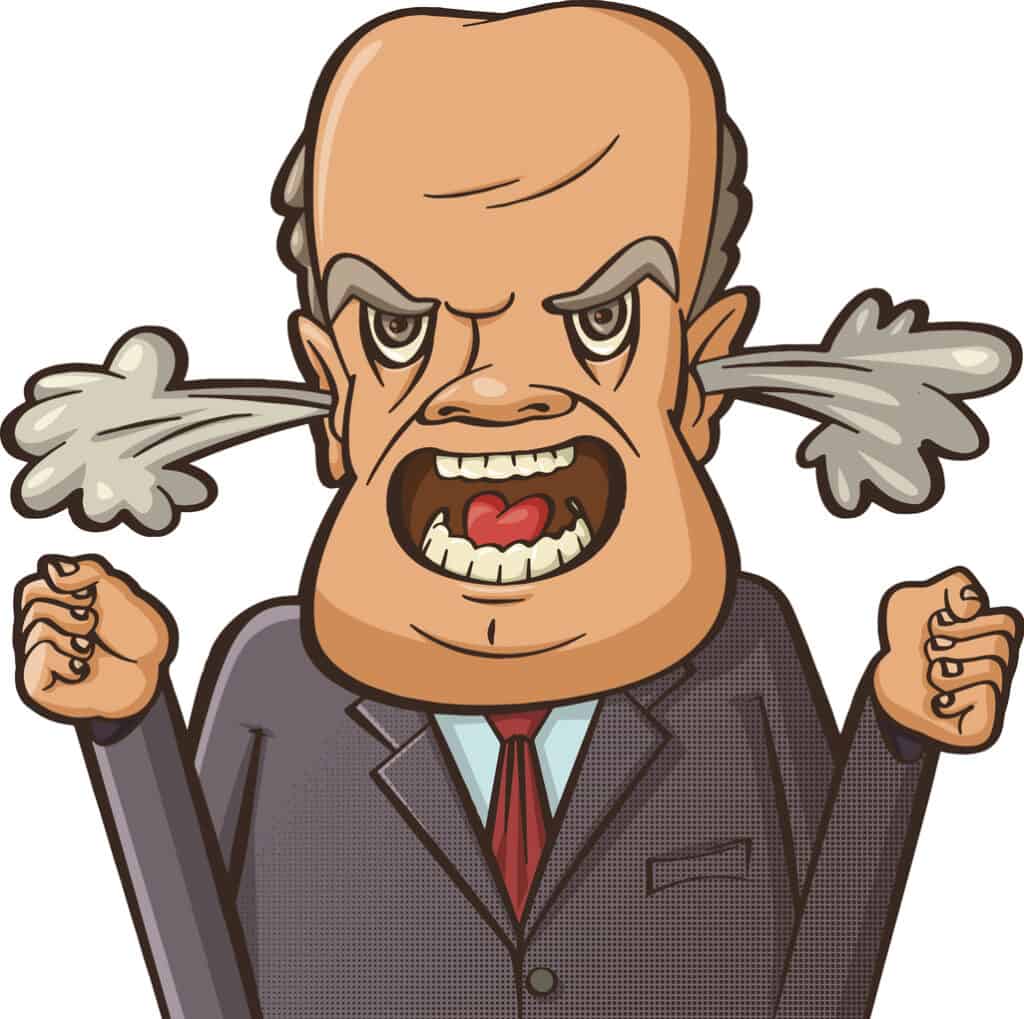The OHS Professional magazine for December 2020 contains a very good article about workplace psychological risks and the occupational health and safety (OHS) strategy to prevent mental harm. The only negative is that it is not published in a Human Resources magazine, or one for company directors. The preventative techniques are well known to the OHS profession and based on independent scientific evidence, but it is other managerial disciplines that need to learn the difference between preventing psychological harm and providing symptomatic relief.
Category: health
‘No Bystanders Rule’ Bullshit
Guest Post by Dr Rebecca Michalak
About couple of weeks ago, the Australian Financial Review (AFR) featured a piece on a law firm that had introduced a mandatory approach to reporting sexual harassment – referred to as a ‘no bystanders’ rule.
To be clear upfront, here is my disclaimer – I am not directly commenting on the law firm in question; there isn’t enough information in the articles to make any objective judgements on that front. The references used from the two media pieces are for illustrative purposes only. Call them ‘conversation starters.’
In the AFR piece, the contractual obligation was outlined to involve:
“…chang(ing) ‘should’ (report) to ‘must’ – so any staff member who experiences, witnesses, or becomes aware of sexual harassment must report it,”
with the affiliated claim being,
Continue reading “‘No Bystanders Rule’ Bullshit”“That shift really reinforces that there is zero tolerance – and there are no confidences to be kept; it needs to be outed – bystanders [staying silent] will no longer be tolerated.“
Alan Jones vs Dan Andrews

The calls continue for the Victorian Premier, Dan Andrews, to be charged with Industrial Manslaughter over COVID19-related deaths that resulted from a poorly-managed hotel quarantine program. This time the topic was picked up be one of Australia’s conservative big guns, Alan Jones.
Jones hyperbolic rhetoric was on full display in his interview with Ken Phillips, who started the Andrews Industrial Manslaughter campaign.
The never-ending line between healthy and sick
Infographics are increasingly used to summarise sometimes quite complex reports about occupational health and safety (OHS) matters. But often the nuance of the facts being depicted are stripped away in the translation process. There is one graphic that is repeatedly used in the context of mental health that seems to misrepresent reality for the sake of clarity.
Evidence of COVID19 anxiety AND optimism
One of the first research reports into the psychological impacts of the COVID19 pandemic has been published in the Medical Journal of Australia. It studied the first month of the infection’s appearance in Australia and seems much more evidential than some of the marketing-based survey reports that have also appeared in the last three months. Below is a reformatted summary of findings from the report’s Abstract:
- “The estimated prevalence of clinically significant symptoms of depression was 27.6% and
- of clinically significant symptoms of anxiety 21.0%
- 14.6% of respondents reported thoughts of being better off dead or self-harm on at least some days and
- 59.2% that they were more irritable.
- An estimated 28.3% of respondents reported great optimism about the future.”
The structure of this study was limited to a specific timeframe – April 3-May 3 2020 – so it is no surprise that most of the respondents who had contracted COVID19 were from New South Wales which had outbreaks from the Ruby Princess cruise ship and several aged care facilities prior to the survey period.
Concussed sportspeople are workers too
David Michaels devoted a whole chapter to sport-related concussions and brain damage in his 2020 book “The Triumph of Doubt“. He wrote about how the National Football League obfuscated over the appearance of concussions and chronic traumatic encephalopathy, and how the the NFL downplayed the injury’s significance by referring to repeated head trauma as Mild Trauma Brain Injury.
The Australian experience is different and this was examined recently in an excellent edition of the ABC radio program, The Ticket. Significantly several interviewees mentioned the injuries in relation to occupational health and safety (OHS) and workers compensation.
The certainty of diagnosis
Occupational health and safety (OHS) is not famous for its certainty. The days of prescriptive compliance to OHS laws are, probably, never to return. But the flexibility offered by modern OHS laws and the pervasiveness of “reasonably practicable” has complicated the management of workplace health safety by increasing that uncertainty.
The attention being given to workplace mental health, over the last 20 years and since work-related stress was identified as a major problem, has highlighted this flexibility/uncertainty. However, some certainty on workplace mental health is accessible if one is prepared to challenge the dominant workplace wellness paradigms.





